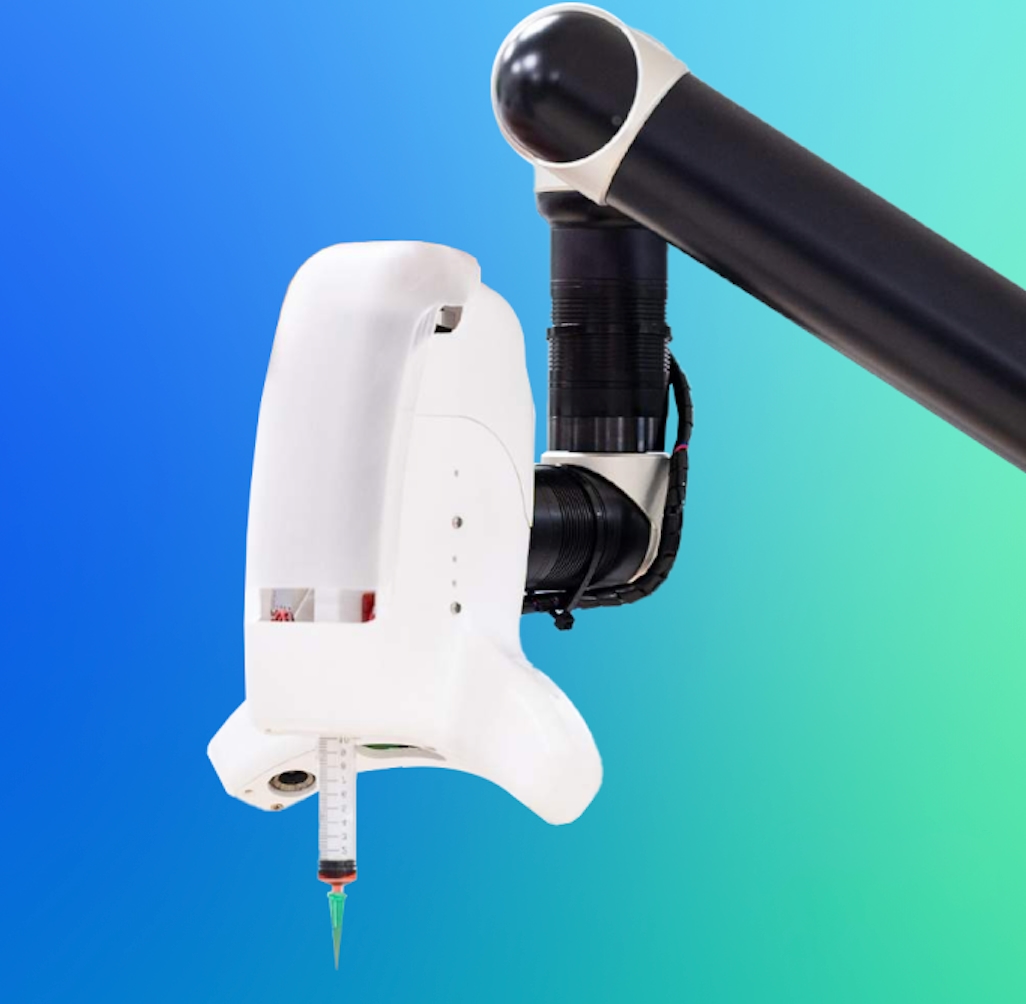Catalog
Search
43 products
View:
- Selected: 0Areas of use
- Selected: 1Item names
- Selected: 0Manufacturer
- Selected: 0Made in
- Selected: 0Additional
View:
43 products
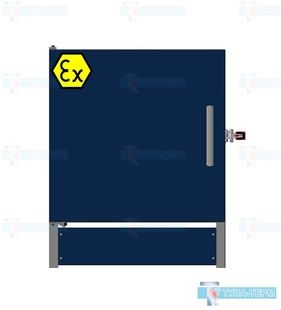
Explosion-proof vacuum electric furnace START-65
Vacuum resistance furnaces are necessary for heating products before pressure treatment, for sintering, degassing, quenching, annealing, soldering and chemical-technological processes. Such furnaces among all the variety of thermal equipment are considered the most environmentally friendly – heat treatment is carried out at t up to +2500 ° C in a purified vacuum. Under certain conditions, vacuum furnaces are used to work with neutral gases.
The outer part of the furnace is made of stainless steel and is cooled by liquid. The inner part of the working chamber, where the heat treatment of materials is carried out, is made of an alloy of molybdenum and tungsten. The components are characterized by a low inertia force, reduced gas separation. The settings are available on the control panel, where the instruments, automatic and manual control switches are located.
At every enterprise of the electronic industry, nuclear power, an explosion-proof vacuum resistance furnace is needed. The same applies to areas where various products undergo heat treatment at the stage of production and preparation for use.
Tula-Term
Tula
Produced in: Tula

SNVS Vacuum Furnace-3.3/15- I6
High-temperature furnaces are capable of heating materials up to 1700 degrees. The scope of their application covers the heat treatment of various materials in an inert medium or vacuum. TULA-TERM furnaces are used for heat treatment of plastics, ceramics, metals, alloys, lacquers and other materials. The equipment allows sintering, annealing, soldering, quenching, drying, burning and molding. In industry, our installations are most often used for quenching parts and sintering hard alloys.
Tula-Term
Tula
Produced in: Tula

Induction vacuum electric furnace IVP-1-22
a massive copper mold was used in the furnace, as well as a printed crucible made of stabilized (calcium oxide) zirconium dioxide. The furnace has been working for several years at one of the non-ferrous metallurgy enterprises in the production of platinum ingots according to GOST
VakETO
Mosrentgen
Produced in: Moscow
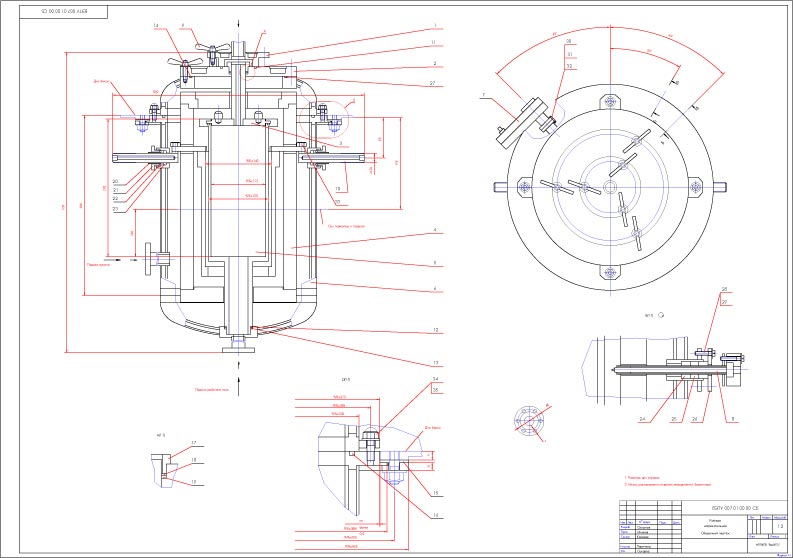
Vacuum-gas-filled electric furnace for chemical and thermal treatment of VE products-2—20- PZ
The service life of the furnace at a temperature of 1800 OC is not less than 500 hours; number of thermal cycles, not less than 100
VakETO
Mosrentgen
Produced in: Moscow
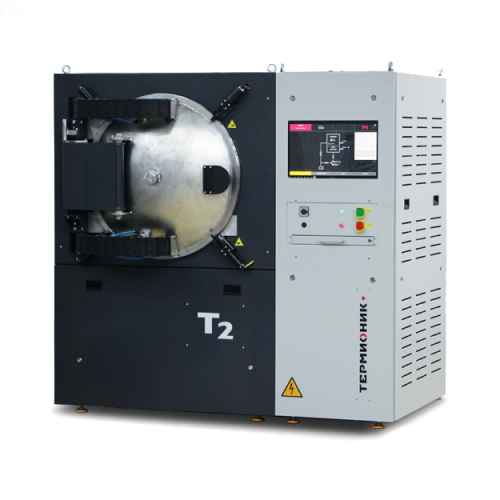
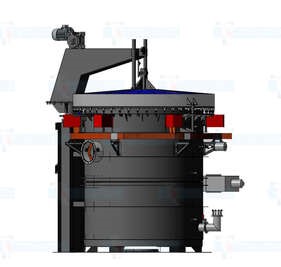
SNVS Vacuum Shaft Furnace-14.20/12- I3B
Electric Furnace SNVS-14.20/12- I3B is designed for medium vacuum heat treatment of parts made of carbon, stainless and high-strength steels (such as VT-1-0, OT-4, VT6C, VT-23, etc.), magnetic materials to obtain a light surface of the part, as well as quenching during vacuum cooling.
The furnace can be used with the maximum dimensions of the cage: diameter — 1400 mm, height — 2000 mm for annealing particularly precise axisymmetric parts (cones, cylinders, shells of double curvature).
• Execution of the electric furnace — shaft.
• The type of cage is monoblock or composite.
• The loading direction is vertical.
• Loading method — universal shop lifting mechanisms.
The furnace is controlled by an industrial controller with installed software.
The technological parameters of the product, the controls are displayed as a graphical mnemonic on the monitor. With touch control. It provides the setting of thermal parameters, the ability to save programs, the ability to save graphs by date, view and remove the archive to an external USB drive.
The technical process will be carried out according to the program entered into the control panel or PC of the vacuum electric furnace, with the ability to adjust the values of temperature, exposure time.
The electric furnace provides for operation in automatic and manual modes.
Tula-Term
Tula
Produced in: Tula

Vacuum firing furnace SNVS-400/7,0
The vacuum furnace of the mine type SNVS-400/7.0 with top loading and pneumatic lid opening is designed for firing copper and other materials at temperatures up to 700 ° C and high vacuum up to -5 ·10-4 (6.67·10-5) mmHg (kPa).
A technological platform with a ladder is provided for convenient operator access to the furnace.
The mechanism of opening / closing the lid is provided by two pneumatic cylinders with pneumatic locks in the air line.
A lifting platform is provided for loading coils into the furnace using an electric hoist. The design consists of a traverse, a stainless steel pipe and a perforated disc with a hook for suspension.
Tula-Term
Tula
Produced in: Tula
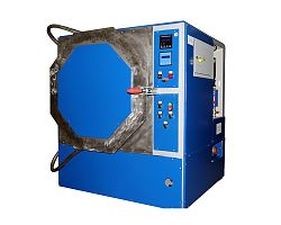
Chamber vacuum furnace SNVS-90/10-I2
High-temperature furnaces are capable of heating materials up to 1700 degrees. The scope of their application covers the heat treatment of various materials in an inert medium or vacuum. TULA-TERM furnaces are used for heat treatment of plastics, ceramics, metals, alloys, lacquers and other materials. The equipment allows sintering, annealing, soldering, quenching, drying, burning and molding. In industry, our installations are most often used for quenching parts and sintering hard alloys.
Tula-Term
Tula
Produced in: Tula
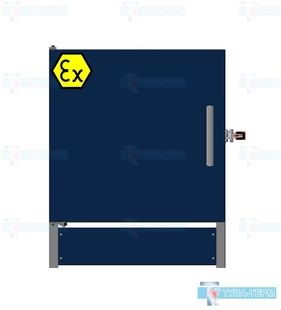
Explosion-proof vacuum electric furnace START-215
Vacuum resistance furnaces are necessary for heating products before pressure treatment, for sintering, degassing, quenching, annealing, soldering and chemical-technological processes. Such furnaces among all the variety of thermal equipment are considered the most environmentally friendly – heat treatment is carried out at t up to +2500 ° C in a purified vacuum. Under certain conditions, vacuum furnaces are used to work with neutral gases.
The outer part of the furnace is made of stainless steel and is cooled by liquid. The inner part of the working chamber, where the heat treatment of materials is carried out, is made of an alloy of molybdenum and tungsten. The components are characterized by a low inertia force, reduced gas separation. The settings are available on the control panel, where the instruments, automatic and manual control switches are located.
At every enterprise of the electronic industry, nuclear power, an explosion-proof vacuum resistance furnace is needed. The same applies to areas where various products undergo heat treatment at the stage of production and preparation for use
Tula-Term
Tula
Produced in: Tula

Vacuum electric furnace for quenching in oil D-10.30.E-14UU-M
The system of internal quenching of long hollow parts. Mixing systems of the inner and outer parts of the quenching tank. Closing the intermediate vacuum gate until the start of quenching (allows to keep a clean heating chamber).
VakETO
Mosrentgen
Produced in: Moscow
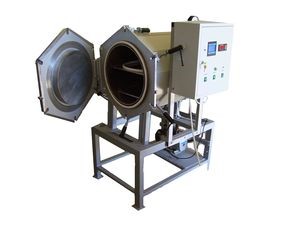
Vacuum compression furnace SNVS-4,5.5,5/3-I2PD
Vacuum compression furnace SNVS-4,5.5,5/3-I2PD is designed for drying, degassing in vacuum and under pressure at temperatures up to 300 0C.
Tula-Term
Tula
Produced in: Tula
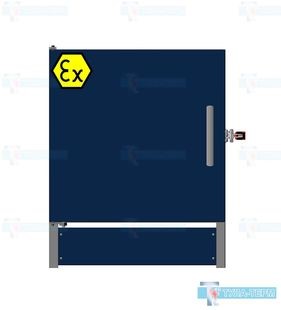
Explosion-proof vacuum electric furnace START-90
Vacuum resistance furnaces are necessary for heating products before pressure treatment, for sintering, degassing, quenching, annealing, soldering and chemical-technological processes. Such furnaces among all the variety of thermal equipment are considered the most environmentally friendly – heat treatment is carried out at t up to +2500 ° C in a purified vacuum. Under certain conditions, vacuum furnaces are used to work with neutral gases.
The outer part of the furnace is made of stainless steel and is cooled by liquid. The inner part of the working chamber, where the heat treatment of materials is carried out, is made of an alloy of molybdenum and tungsten. The components are characterized by a low inertia force, reduced gas separation. The settings are available on the control panel, where the instruments, automatic and manual control switches are located.
At every enterprise of the electronic industry, nuclear power, an explosion-proof vacuum resistance furnace is needed. The same applies to areas where various products undergo heat treatment at the stage of production and preparation for use
Tula-Term
Tula
Produced in: Tula
